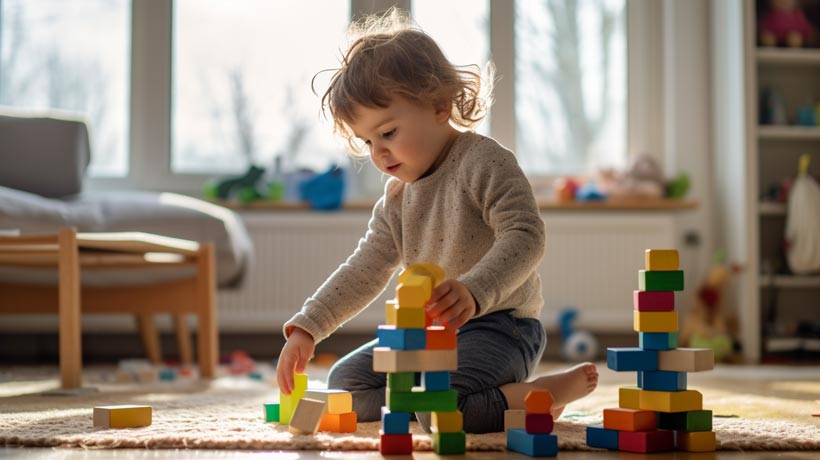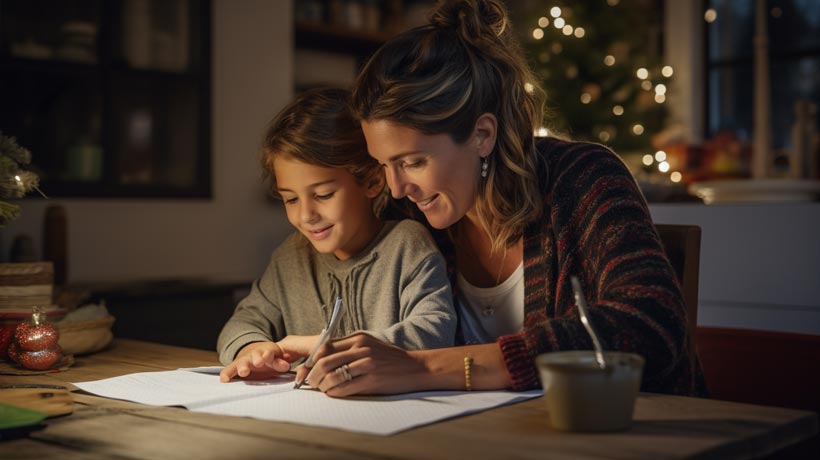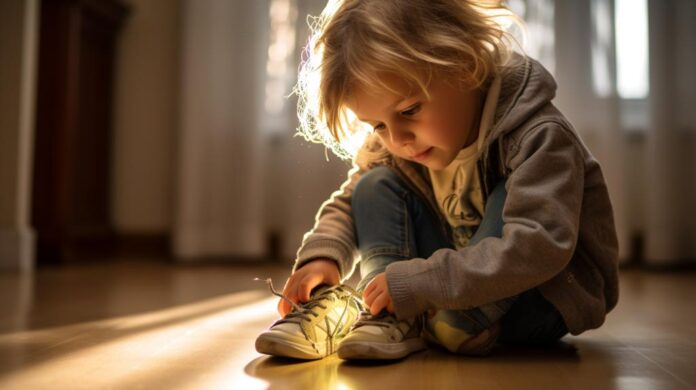Teaching Patience to Kids
As the warm summer days unfolded, I reflected on teaching patience to kids. With the UK’s hot weather hitting record levels, I nestled comfortably in my favourite garden chair. Armed with a cup of freshly brewed coffee, I was enveloped in a rare moment of tranquillity, a pause from life’s usual hustle and bustle.
My thoughts began to drift towards my children. I journeyed down the memory lane of the past 11 years. A montage of moments playing out in my mind. Instances of pure joy, laughter echoing through our home, and milestones celebrated with beaming pride were interspersed with moments of challenge and sadness. The sadness of not being close to them results from an individual’s nastiness. This is a testament to the rollercoaster that parenting often is.
In this meditative state, the concept of patience surfaced more prominently than the rest. It struck me how this often understated virtue was pivotal in our lives. As a parent, I had to exercise patience in countless situations, from managing tantrums to guiding them through their homework. But more importantly, I realised how crucial teaching patience was for kids to develop this skill.
In our world of instant gratification, where everything is just a click away, the art of waiting, of being patient, seems to be fading into oblivion. Yet, as I pondered it, I couldn’t help but feel that patience was more than just a virtue.
It was a skill, a tool, a silent strength that could unlock a world of potential for my children. And so, I found myself on a new quest – to delve deeper into the world of patience, to understand its importance, and to find ways to instil this virtue in my children. This blog post is a reflection of that journey.

The Virtue of Patience
Teaching patience to kids is an effort that carries immense value and is a virtue often overlooked in our fast-paced world. Patience isn’t merely about waiting but maintaining a positive attitude. It’s about instilling in them the understanding that good things, meaningful things, take time.
Watching my children navigate life, I realised how crucial infusing them with this silent strength is. The ability to be patient can shape their character, influence their decisions, and ultimately impact their overall happiness and success. Teaching patience to kids is not just about making them better children; it’s about guiding them to become resilient, empathetic, and balanced adults.
The Science Behind Patience
In my quest to understand the importance of teaching patients to kids, I searched for scientific research to help support my thoughts. A study conducted by Duckworth, Tsukayama, and Kirby suggests that children who exhibit patience tend to fare better in life. They engage more in health-promoting behaviours and are less likely to indulge in activities that pose risks to their health.
Further reinforcing these findings is a study by Moffitt et al., which indicates that children with higher levels of self-control, including patience, enjoy better health, have fewer substance-dependence issues, and manage their finances more effectively in adulthood. They are also less likely to engage in criminal activities. These studies underscore the significance of teaching patience to kids, highlighting how this virtue can set them on a healthier, more balanced life.
The Role of Laughter
In this journey of fostering patience in children, I’ve also discovered the transformative power of laughter. Laughter, often seen as a simple expression of joy, carries profound benefits. A study by Fontana and Partridge suggests that laughter can contribute to longevity. But it’s not just about adding years to life; it’s about adding life to those years.
Teaching children to embrace laughter can help them develop patience, making waiting more enjoyable. It’s about teaching them to find joy in the journey, not just the destination. When we teach patience to kids and couple it with the power of laughter, we equip them with tools that can enhance their quality of life, making their journey through life successful but also joyful and fulfilling.

Teaching Patience to Kids: Practical Tips
When I became a father, I read a lot to accelerate my knowledge; there is nothing like the real thing, but some insights can help. In my quest to instil the virtue of patience in my children, I’ve come across several practical tips that can be helpful. Here are some strategies for teaching patience to kids:
- Model Patience – Children learn by observing their parents. Show them what patience looks like in your daily actions.
- Practice Waiting – Incorporate short waiting periods into their daily routines. This could be waiting for their favourite toy or their turn to speak.
- Use Visuals – Use a timer or a clock to help them understand the concept of time. This can make the waiting process more tangible.
- Encourage Slow Activities – Activities like gardening, puzzles, or painting can help them understand that some things take time.
- Praise Patience – When they display patience, acknowledge it. This reinforces the behaviour and makes them more likely to repeat it.
The Long-Term Benefits of Patience
Teaching patience to kids is about more than just making our lives as parents easier. It’s about equipping them with a skill that will serve them well. Here are some long-term benefits of patience:
- Better Decision-Making – Patient children are more likely to think before acting, leading to better decision-making skills.
- Improved Relationships – Patience can lead to better understanding and tolerance, enhancing their relationships with others.
- Greater Achievement – Studies have shown that patient children are more likely to engage in health-promoting behaviours and avoid health-risk behaviours.
- Increased Resilience – Patience can help children cope with adversity and bounce back from failures.
- Enhanced Well-being – Patient children are less likely to offend criminally in adulthood and enjoy better personal finances.
As with all aspects of life, the journey is far more critical. Remember, teaching patience to kids is a journey, not a destination. It’s about helping them understand that good things often take time, and that’s okay. It’s about showing them the power of waiting with a positive attitude. And most importantly, it’s about setting them up for a lifetime of success.
Final Words on Teaching Patience to Kids
Reflecting on my journey of teaching patience to my kids, I realise it’s been a path of trial and error, of learning on the job. There’s no one-size-fits-all approach; what works for one child may not work for another. But that’s the beauty of it – discovering what resonates with your child, finding those teachable moments, and seeing them grow and evolve.
The science behind patience has been enlightening, reinforcing the importance of this virtue. It’s not just about making the present moment more bearable; it’s about setting up our children for long-term success. It’s about equipping them with a skill that will serve them well in all walks of life.
As I continue this journey, I am reminded of the power of patience in my life. It’s a silent strength that has carried me through challenges, and now, I hope to pass it on to my children. Here’s to embracing the wait, finding joy in the journey, and raising a generation of patient individuals.
Sources
- Duckworth AL, Tsukayama E, Kirby TA. Is it really self-control? Examining the predictive power of the delay of gratification task. Pers Soc Psychol Bull. 2013 Jul;39(7):843-55 [Accessed 27 June 2023]
- Fontana, L., & Partridge, L. (2015). Promoting health and longevity through diet: from model organisms to humans. Cell, 161(1), 106-118. [Accessed 27 June 2023]
- Moffitt, Terrie & Arseneault, Louise & Belsky, Daniel & Dickson, Nigel & Hancox, Robert & Harrington, HonaLee & Houts, Renate & Poulton, Richie & Roberts, Brent & Ross, Stephen & Sears, Malcolm & Thomson, William & Caspi, Avshalom. (2011). A Gradient of Childhood Self-Control Predicts Health, Wealth, and Public Safety. Proceedings of the National Academy of Sciences of the United States of America. 108. 2693-8. 10.1073/pnas.1010076108. [Accessed 27 June 2023]


